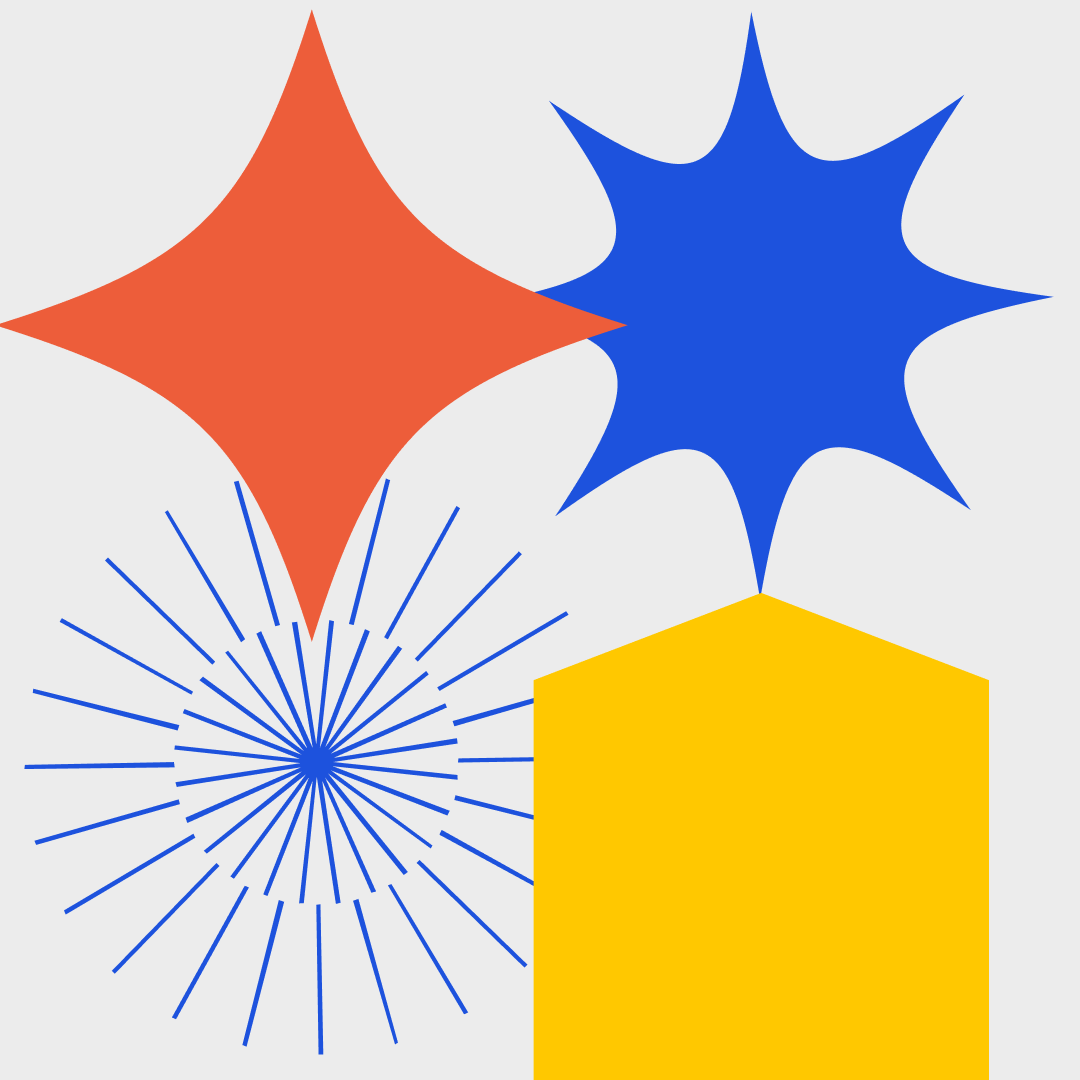There have been many theoretical methods for brainstorming on the Internet, such as IDEO's 7 Rules of Brainstorming, which highly summarizes several major elements of brainstorming. It is worth noting that such articles frequently use brainstorming as an independent topic, with a focus on workshop facilitators or participants.

Touch combines our own practical experience and begins from the perspective of the systematic design thinking process, focusing on how to organize and prepare ideation workshops based on preliminary design research insights.
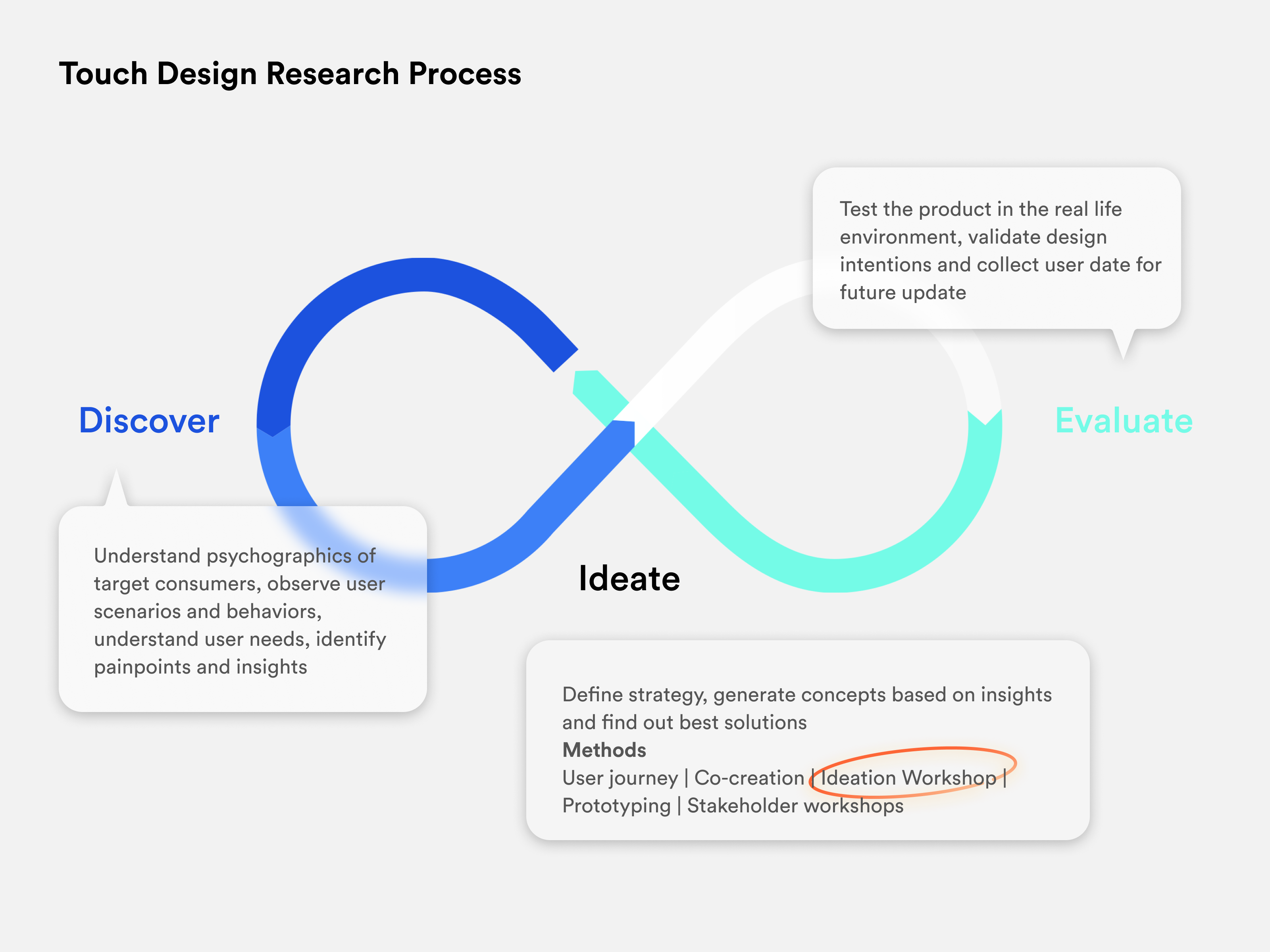
Transforming Insights into HMW Questions
It may be difficult to directly translate insights into opportunities if you are not an experienced designer or work in the creative industry. In other cases, clients prefer to make direct requests, such as: how can we improve our product experience? How can I improve my conversion rate?...
The process of discovering a problem and solving it is not a one-time event. Brainstorming, as a creative tool, can assist us in exploring diverse possibilities.
The How might we template was first introduced by Procter & Gamble in the 1970s and adopted by IDEO. The technique has become popular in design thinking and is used by design teams worldwide.
Touch has frequently used it in brainstorming. The goal is to transform insights or pain points into positive and challenging perspectives of opportunities, as well as to provide participants with a more specific preset situation and encourage divergent thinking.
As an example, in a beauty and personal care project, we need to be careful not to write HWM that is too general or too specific, as this will result in inappropriate solutions.
Case 1:
Insight: Users find relaxation through their daily skincare routine.
HMW: How might we enhance the sensory experience of the products to create a ritual process?
HMW(too general): How might we improve the user experience for beauty products?
HMW(too specific): How might we inform users of improved skincare massage therapy for our products?

Of course, for each insight, there is no one-size-fits-all solution for HMW questions. Depending on the landing point, different dimensions can be explored, for example:
Case 2
Insight: Users use beauty products to express themselves on social media.
HMW:
(User Experience Level) How might we encourage users to experiment with, and create new beauty styles?
(Brand Identity Level) How can we use social media to elicit brand identity among users?
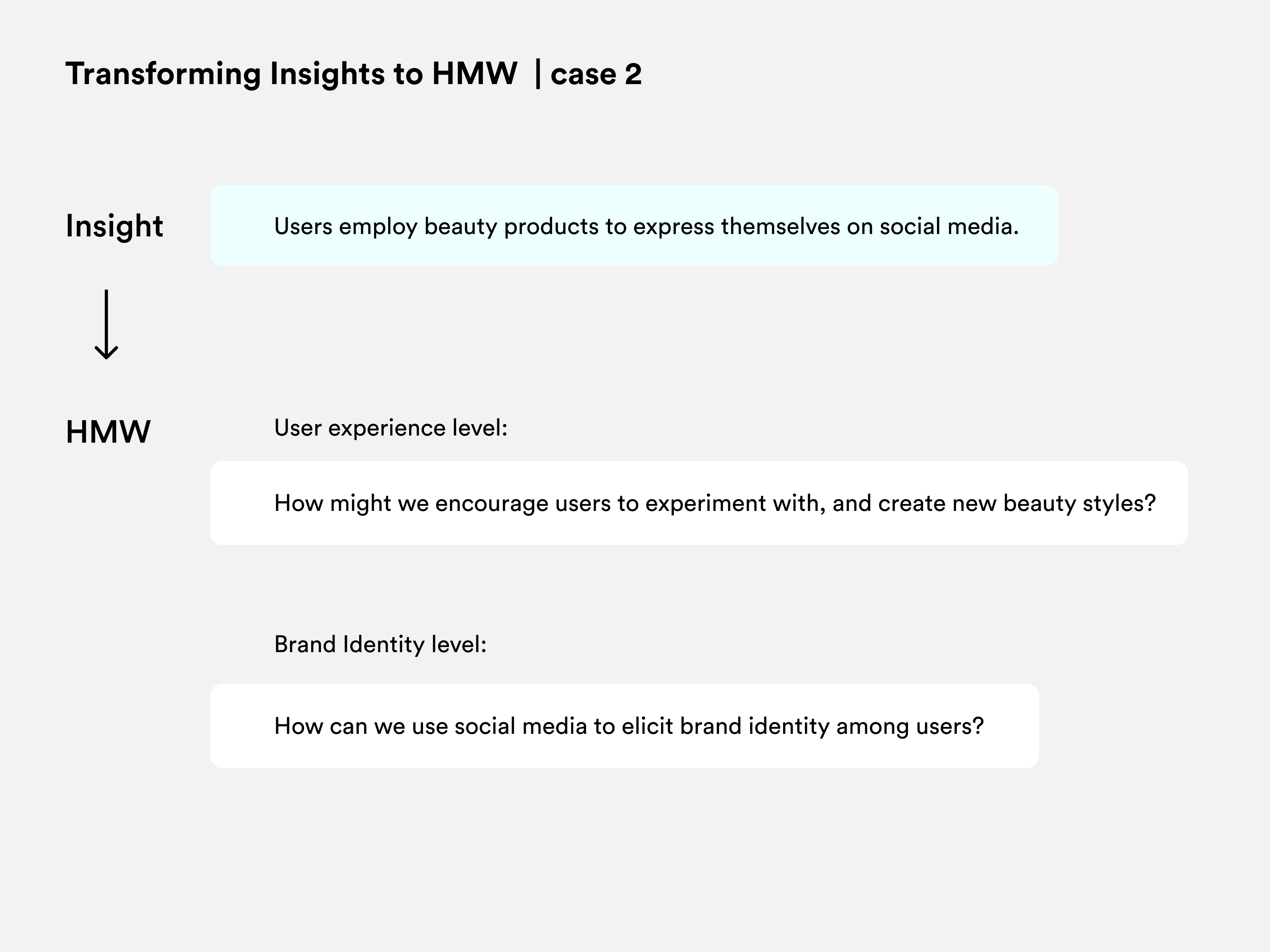
Spending some time with your team members before brainstorming on writing and selecting the best HWM can provide an efficient foundation for the later creative process.
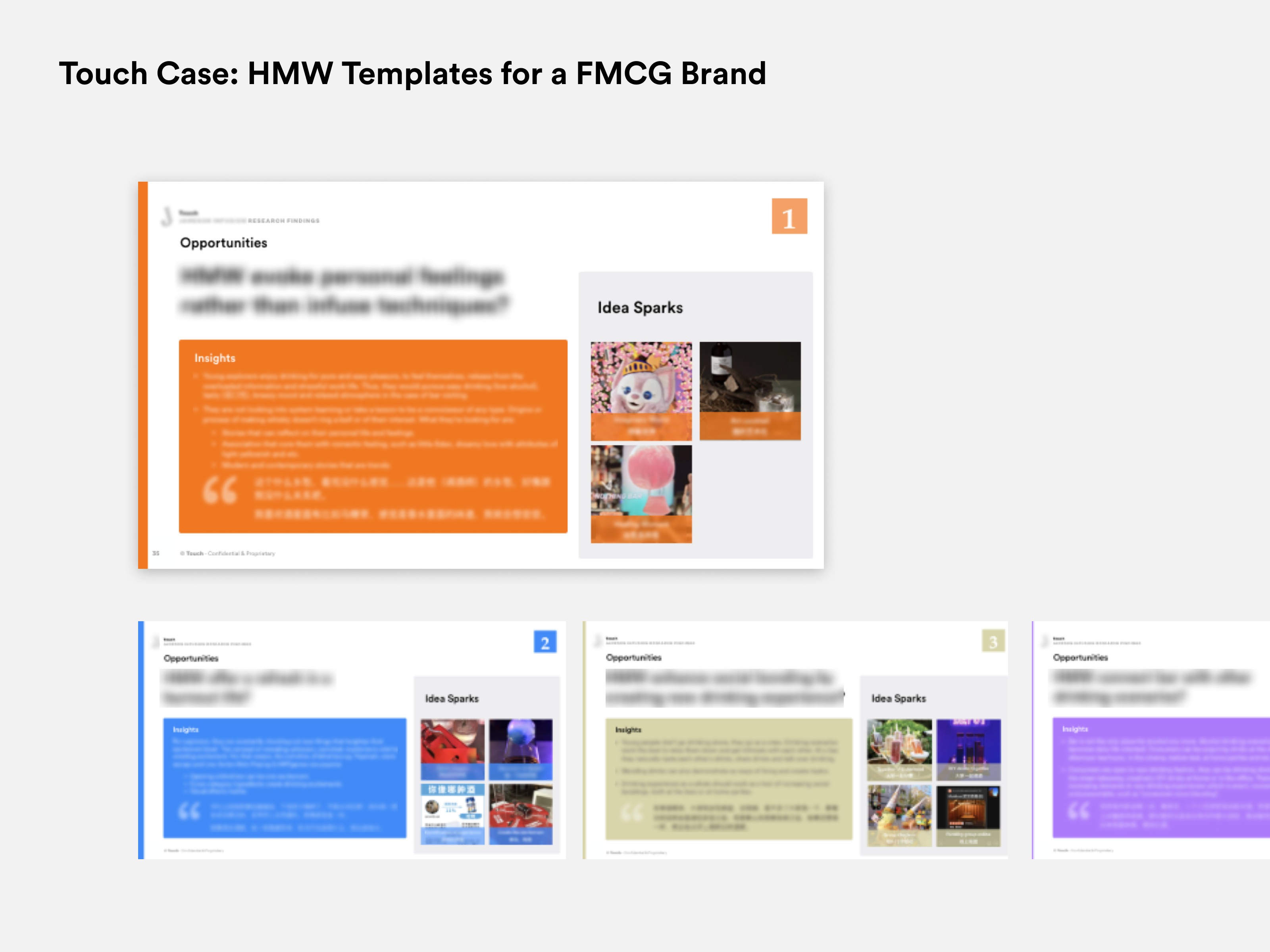
Choose the right people
Participants with different backgrounds can provide more diverse perspectives, allowing them to gain new perceptions and solutions. When choosing participants, consider whether they have relevant industry experience. Non-industry participants can be chosen to ensure the objectivity of external perspectives.

Prepare User-centred Props
A variety of free templates, as well as auxiliary tools like markers and post-its, will not be repeated here. We are more concerned with how to enable participants to absorb insights quickly and efficiently. Despite the fact that we already have HMW, we believe it is necessary to share insights. It will make it easier to immerse the audience in the specific scene of the user experience, allowing for further brainstorming.
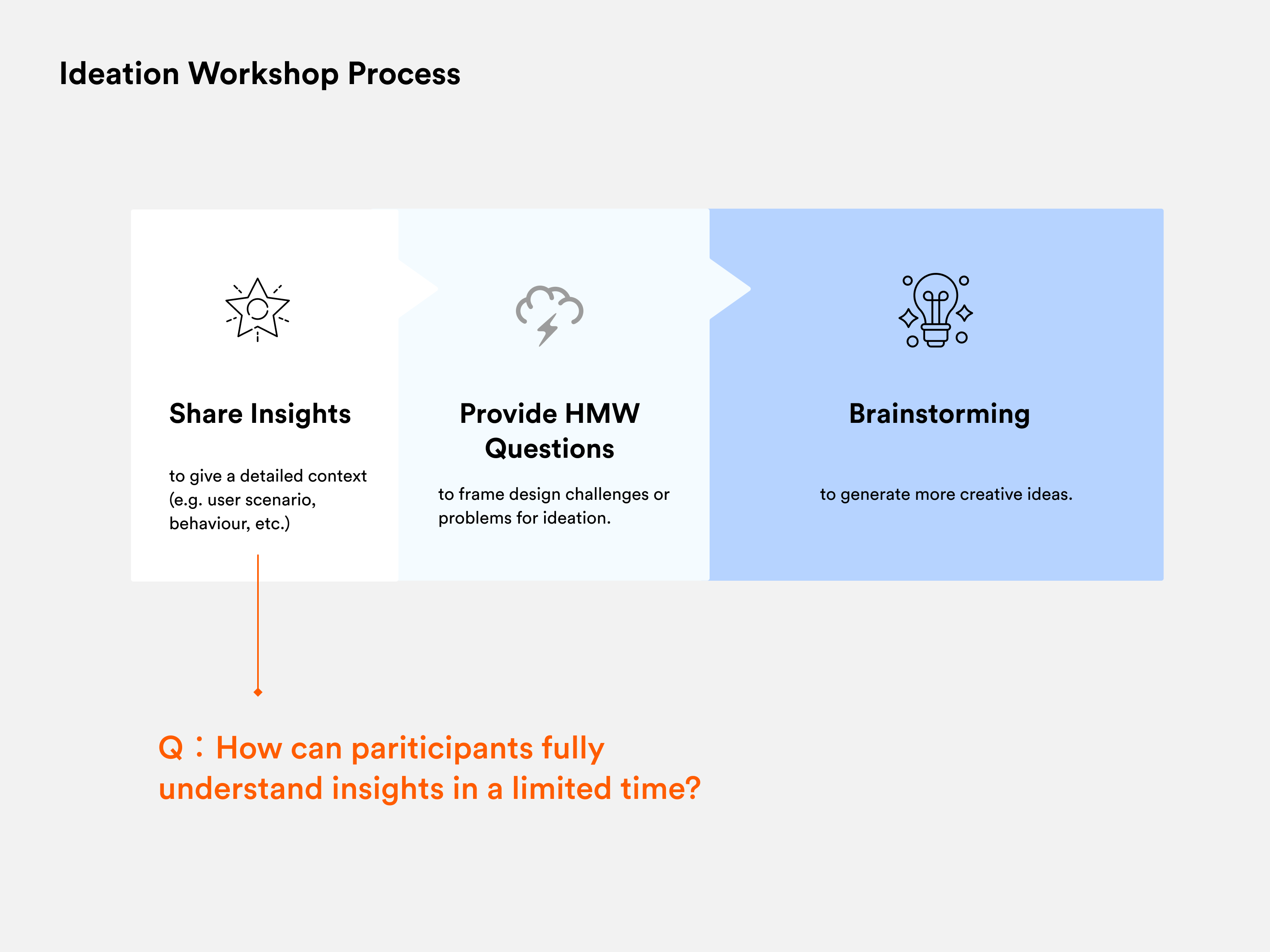
For example, when we describe the user journey of a sports brand, the ideal situation is for all participants to have a general understanding of each persona's motivation and behavior, which varies at each stage. If we present it merely with a dense flow chart, the audience is likely to be lost at the beginning.
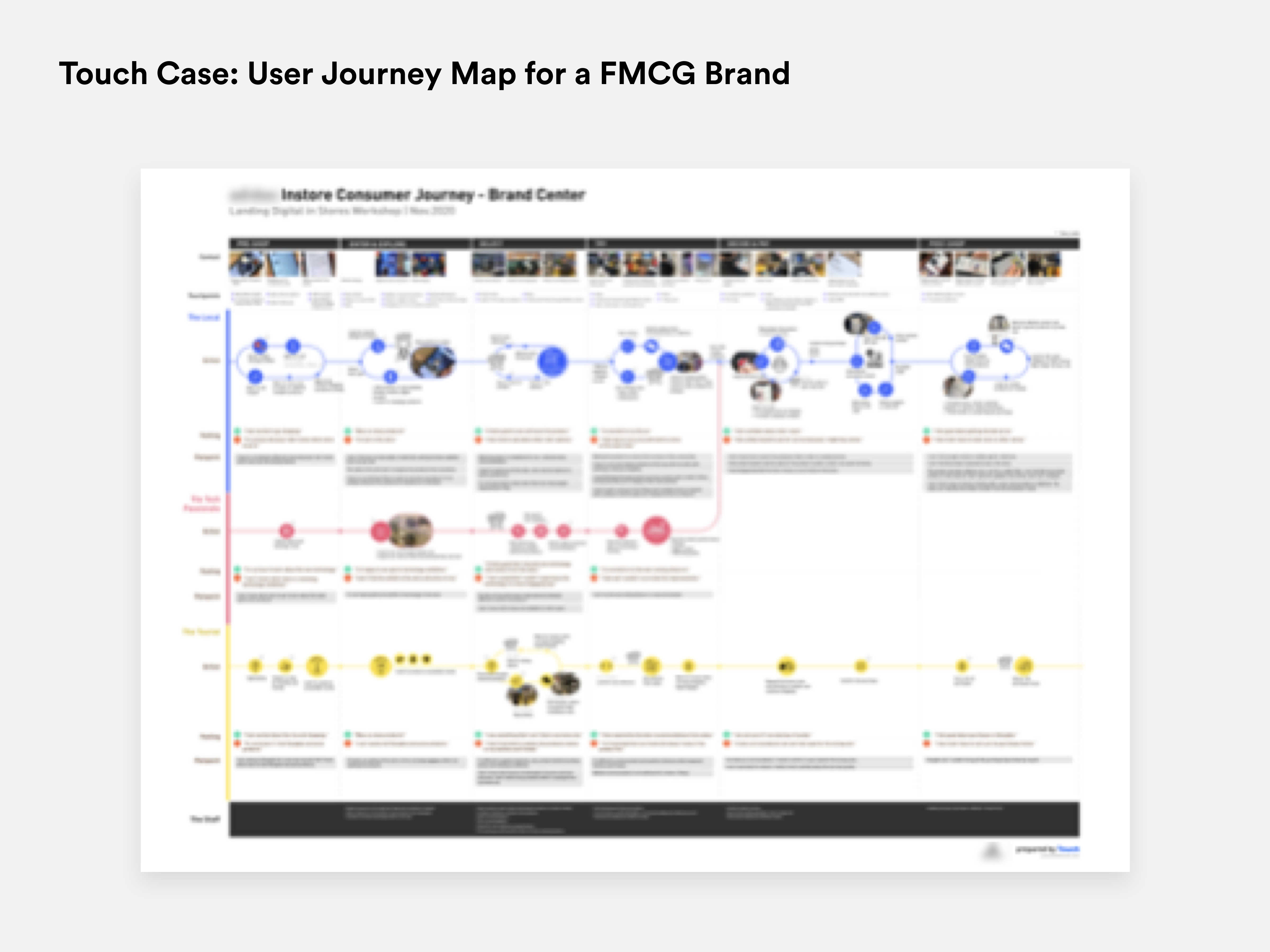
To make it easier for the audience to understand, we combined some key content (such as demand pain points, experience feedback, and so on) with scene pictures to create cards that are easier to read, as supplementary materials for introducing the user journey.

Create an Open, Free and Energetic Environment
The brainstorming workshop is not a serious meeting; instead, we need to create a relatively free and open environment for the mind and body, so that everyone can spread their ideas. As a result, the preparation of the space should not be overlooked.
We hope that when participants enter the workshop, they will feel a sense of energy, openness, and freedom. When we were working on a home space project for an electronic brand, we ditched the traditional round table arrangement of tables and chairs in favor of having all participants lie in the space surrounded by sofas and bean bags, as if they were at home. It's important to immerse yourself in the creation of ideas and freely express your thoughts.
The End
Preparing for a creative workshop is both enjoyable and challenging. How to run a successful workshop within a limited time, space, and budget necessitates not only the organizer planning and controlling the overall process and polishing the details, but also the active participation of the participants.
Touch expects to see more ideas from all walks of life arise and be implemented in the future, whether in the home space, retail experience, or automobile experience.

